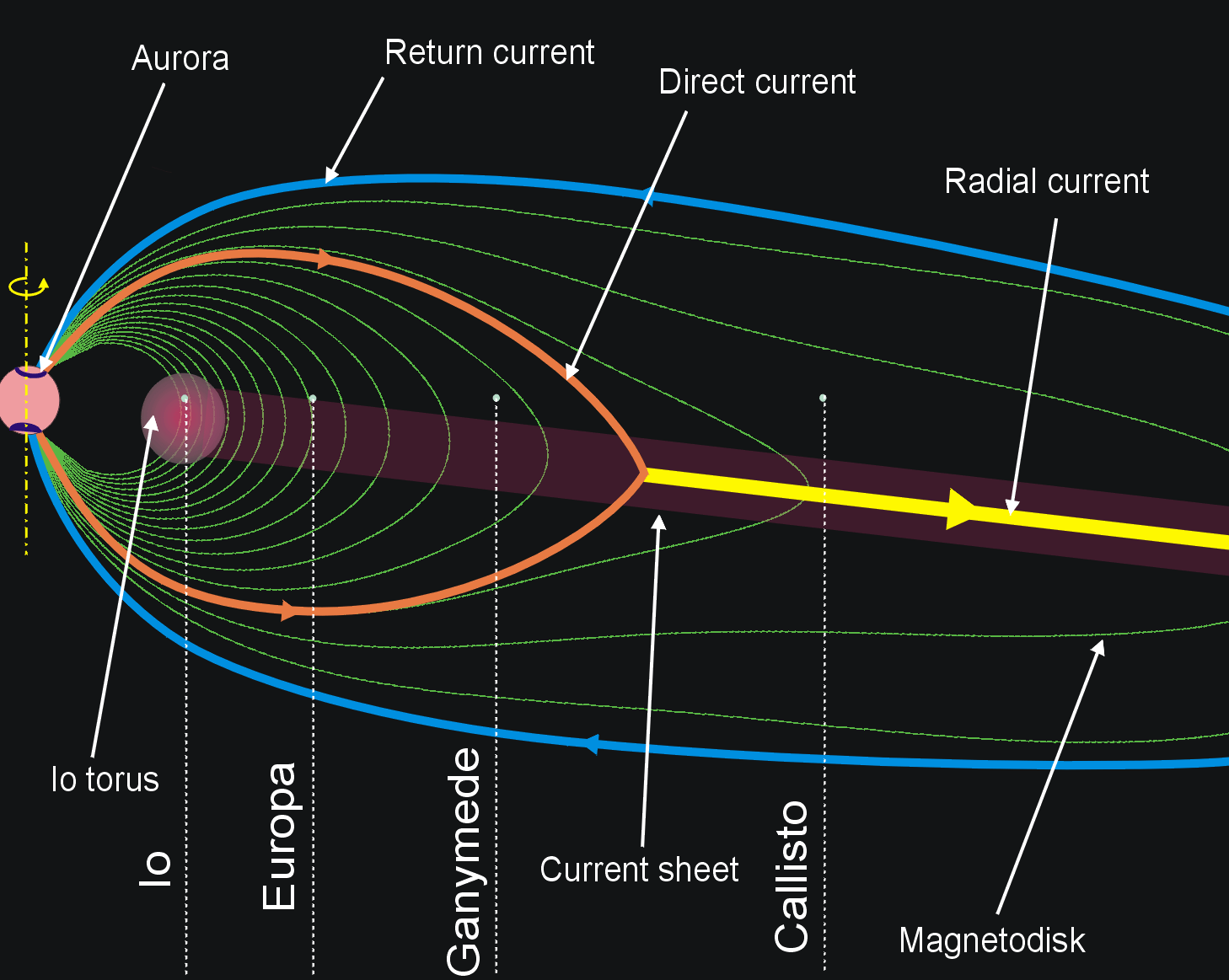I'm not sure what internet forums you're on where people are correct about the Jovian magnetosphere. Cool, though. :) So yes, you are absolutely right, Europa should have some exposure to Jupiter's radiation belts, although they're not drawn-in, above. It looks like they're showing the orbits in the midnight meridian cross section. I would also like to see a cross section of the orbits on the day side, where the magnetosphere is compressed. The radiation would make it even slightly more difficult to live on the surface, I was already envisioning a subterranean colony because of the near-vacuum conditions at the surface. There might be some cavities several tens of kilometers down where you could even take your helmets off! Who knows? Funny story (not really). The whole point of NASA's Juno mission is planetary science, but they're stuck in an orbit* that's much more ideal for mapping the magnetosphere. So now, I think everyone's happy they decided to spring for the plasma sensors that piggybacked along. If you're going to send a spacecraft to Jupiter, attaching another couple of instruments should be pretty cheap, right? *Somehow, the ten thousand review panelists didn't think to ask a relatively simple question. I think that's all I will say. Edit: Lol, yeah, that's how it went.
Thanks for stopping by! :) I still have some questions of my own about the system, but I'll hold off on tackling them until Juno puts out some big press releases.
Water/Ice is one of the best radiation shields out there. A meter of water will block everything but the most high energy rare cosmic rays. One of the Mars proposals is to have a "RAD-Room" inside one of the water tanks/fuel tanks of the spacecraft. The bad thing about this is that water is heavy. a cubic meter of water is a ton, and you need a lot of cubic meters of water to make a room like this. If Europa has a mile or two of ice on the surface, then water under that, which is what it is starting to look like, then the ocean under the surface won't have that much radiation flux. The surface of Europa is going to be hell to work with as Europa goes right through the bad parts of the radiation belts, but anything that manages to live in that ocean should, at least on paper, be fine. JunoCam is another feature that the Planetary Society, among others, had to fight tooth and nail for and the images of the polar regions of Jupiter are asking a whole set of questions nobody knew to ask 10 years ago. With the orbit stuck in the big loop, there is hope that they can get some images of the poles of Io and Ganymede as well.